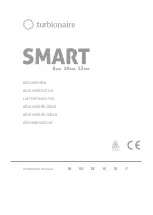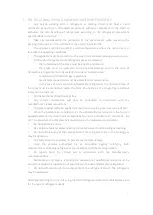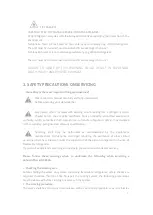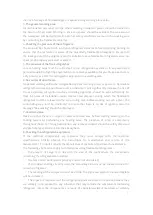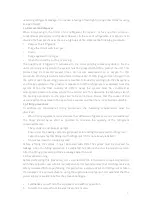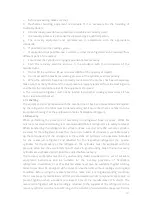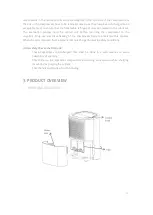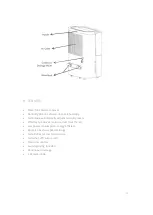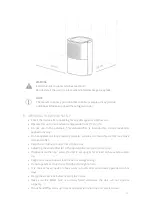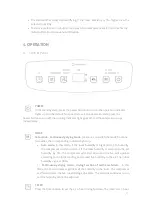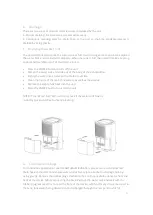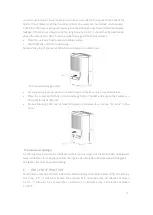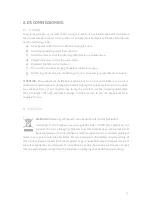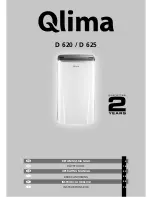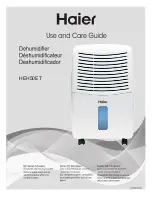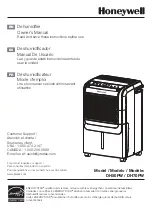
8
protected materials against corrosion.
9. Checking electrical devices
The repair and the maintenance of electrical components must include initial safety checks
and component inspection procedures. If there is a failure that could compromise the safety,
the circuit must not be connected to any power source until the failure is treated
satisfactorily. If the failure cannot be corrected immediately, but operating is still necessary,
an appropriate temporary solution should be used. This must be reported to the owner of
the equipment so that all parties are informed. The initial safety checks shall be carried out
if:
-
capacitors are discharged: this is done in a safe manner to avoid the occurrence of
sparks;
-
electrical components and electrical cables are not exposed during charging,
refurbishing or cleaning the plant;
-
there is grounding continuity.
10. Repair of sealed items
While sealed items are being repaired, all power sources must be disconnected from the
equipment it must be intervened on, before any removal of the sealed caps, etc. If it is
absolutely necessary to power the equipment during service, then a continuous leakage
detection system should be considered at the most critical point to warn in case of a
potentially hazardous situation.
Particular attention must be paid to the following aspects in order to ensure that while
working on the electrical components, the housing is not modified in such a way that the
protection level is affected. These include cable damage, excessive number of connections,
terminals which do not comply with the original specifications, seals damage, improper
seals fitting, etc.
Ensure that the appliance is safely mounted. Ensure that the seals or the sealing materials
are not degraded so that they are no longer used for the purpose of preventing the
penetration of flammable gases. Spare parts must be in accordance with the specifications
of the manufacturer.
11. Repairs brought to intrinsically safe components
Do not use permanent inductive or capacitive loads in the circuit without ensuring that they
do not exceed the voltage and power allowed for the equipment used. The intrinsically
safe components are the only types it can be worked on in the presence of a flammable
atmosphere. The test appliance must be correctly evaluated. Replace the components only
with the parts specified by the manufacturer. Other components may cause the ignition of
the refrigerant in the atmosphere due to a leakage.
12. Cables
Check that the cables will not be subjected to wear, corrosion, excessive pressure, vibrations,
sharp edges or other adverse effects on the environment. Verification should also take into
account the effects of the deterioration over time or of the continuous vibrations from
sources such as compressors or fans.
13. Detection of flammable refrigerants
Potential sources of ignition should not be used under any circumstances when searching or

